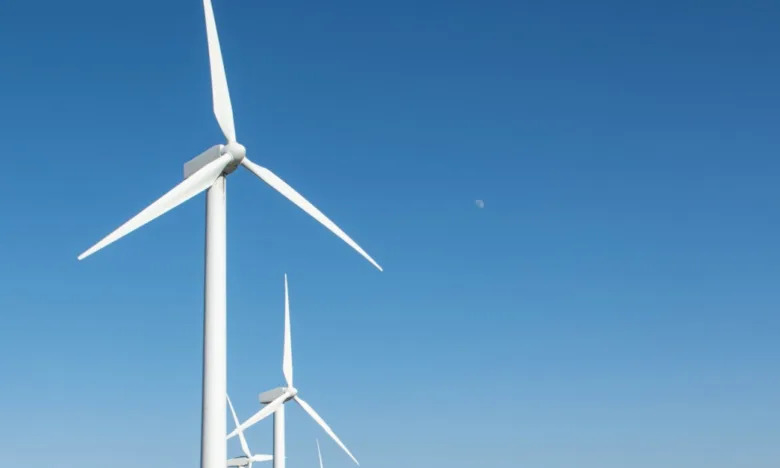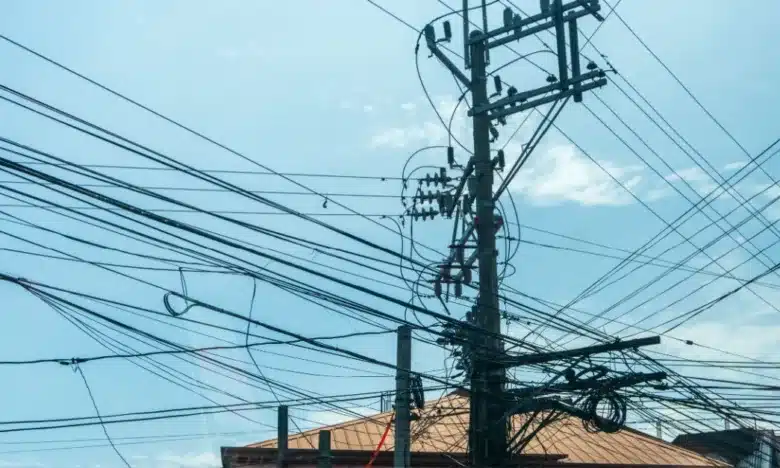
Will Wood Make Good Batteries?
- September 12, 2024
Key Takeaways:
- The demand for precious metals making up EV batteries, batteries for our electronic and energy storage devices is rising at an unprecedented pace.
- Scientists are looking towards more sustainable organic materials such as wood and sea salt water as alternatives.
- Lignin is a polymer found in trees and is currently being explored for the many ways it can be used for batteries.
- Sea saltwater also holds large potential to make a powerful battery; it has four times the capacity of a lithium-ion battery.
The world needs batteries—lots of them.
As the EV race heats up, renewable energy sources are accelerating the energy industry, and as we move further away from coal and non-renewable sources of energy, scientists are now looking towards organic materials to make better batteries.
A couple of these organic materials may sound unusual at first blush. After all, wood and sea salt water may not be top of mind when we think of what powers our phones and other electric devices, let alone an entire electronic vehicle. And yet, wood and sea salt water are precisely what many scientists are exploring for this very purpose.
And you know what? It’s working!
“Wood”n’t You Know It
Unless one has an electronics engineering background (or at the very least, an interest in electronics engineering), one may not know about wooden batteries. It sounds amazing, but wooden batteries just might hold the key to making some powerful batteries, and it’s all thanks to lignin.
Lignin is a type of polymer found in trees. It’s what makes tree barks stiff. Lignin acts like a binder for the cellulose fibers in trees. This also comprises almost 30% of all trees, while 70% is cellulose.
According to scientists and researchers, lignin can be used in various ways when it comes to battery production. A couple of companies in Europe are already doing the work.
First up is a company called Stora Enso from Finland. It primarily manufactures packaging and paper products and has started exploring making EV batteries in 2023. The company says that their wooden batteries can charge as quickly as eight minutes.
Stora Enso has been looking into lignin from the waste pulp produced by their facility. The lignin taken from this is processed further to extract carbon, which is used in battery anodes. Stora Enso has partnered up with a Swedish firm to manufacture their wooden batteries, targeted for 2025.
Another company is making use of lignin to extract carbon graphite and synthetic graphite. A Swedish company called Bright Day Graphene makes graphene from lignin.
According to researchers, graphite makes for a very good and reliable material for EV batteries, specifically in anodes because it can take the flow of ions back to the cathode after releasing electrons. The electrons then travel through wires in an electric circuit, which in turn transfers power to the EV.
Lastly, lignin is also being explored for developing electrolytes, which act as a buffer between a battery’s cathode and anode.
Proponents of wooden batteries have identified key advantages and benefits of exploring the potential of lignin. Scalability, sustainability, renewability, faster charging capacity, and better performance at lower temperatures were cited.
A “Sea Change” in Charging
Meanwhile, sea saltwater is also being studied as an alternative material in batteries.
Euronews says that sea saltwater batteries have four times the capacity of lithium batteries, and they’re affordable too.
The “secret ingredient;” extracted from sea saltwater is called sodium -sulfur, which was described as something similar to “molten salt”.
Sea salt batteries can store energy for use at a later time. These batteries are safe, have a long lifecycle, and are easily recyclable.
Many of the challenges these innovations face include scalability. Right now, manufacturing these poses a high cost, especially for a mass market.
What contributes to this is its size. EnergySage says that sea saltwater batteries have a lower energy density than lithium-ion batteries, which simply means that they store less energy in the same amount of space that traditional lithium-ion batteries have. If we want a powerful sea salt battery, then its size may have to be quite large as well.
On the upside, continuous studies are being made on the viability of sea salt water as an energy storage alternative.



